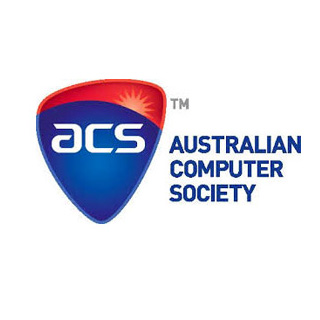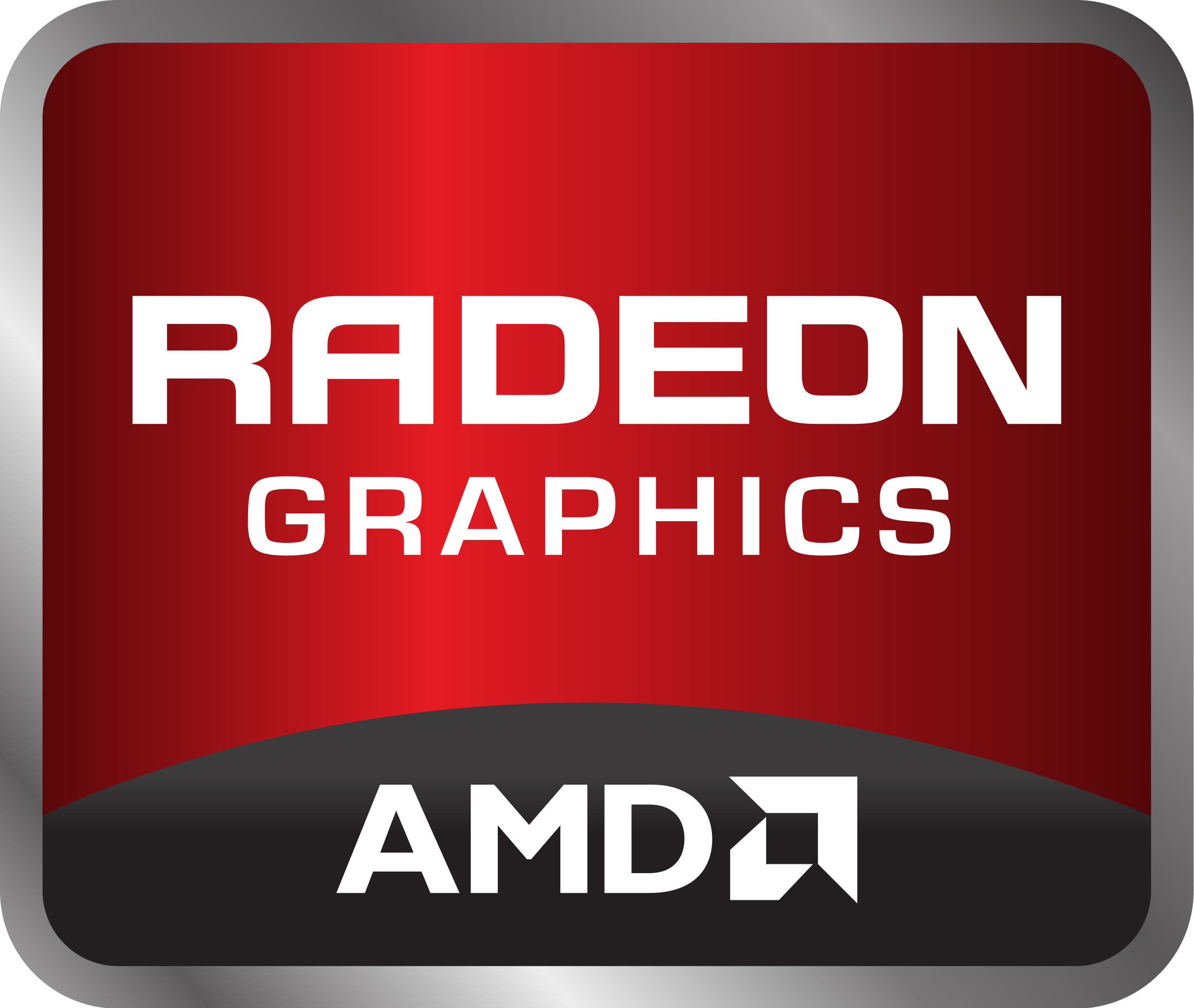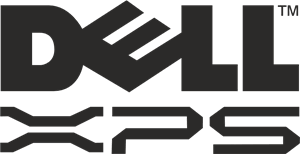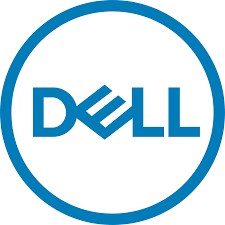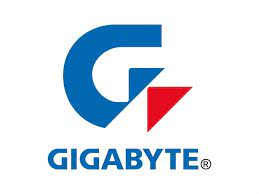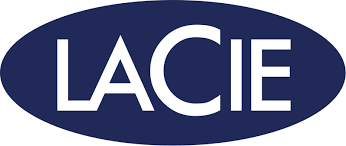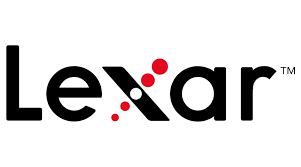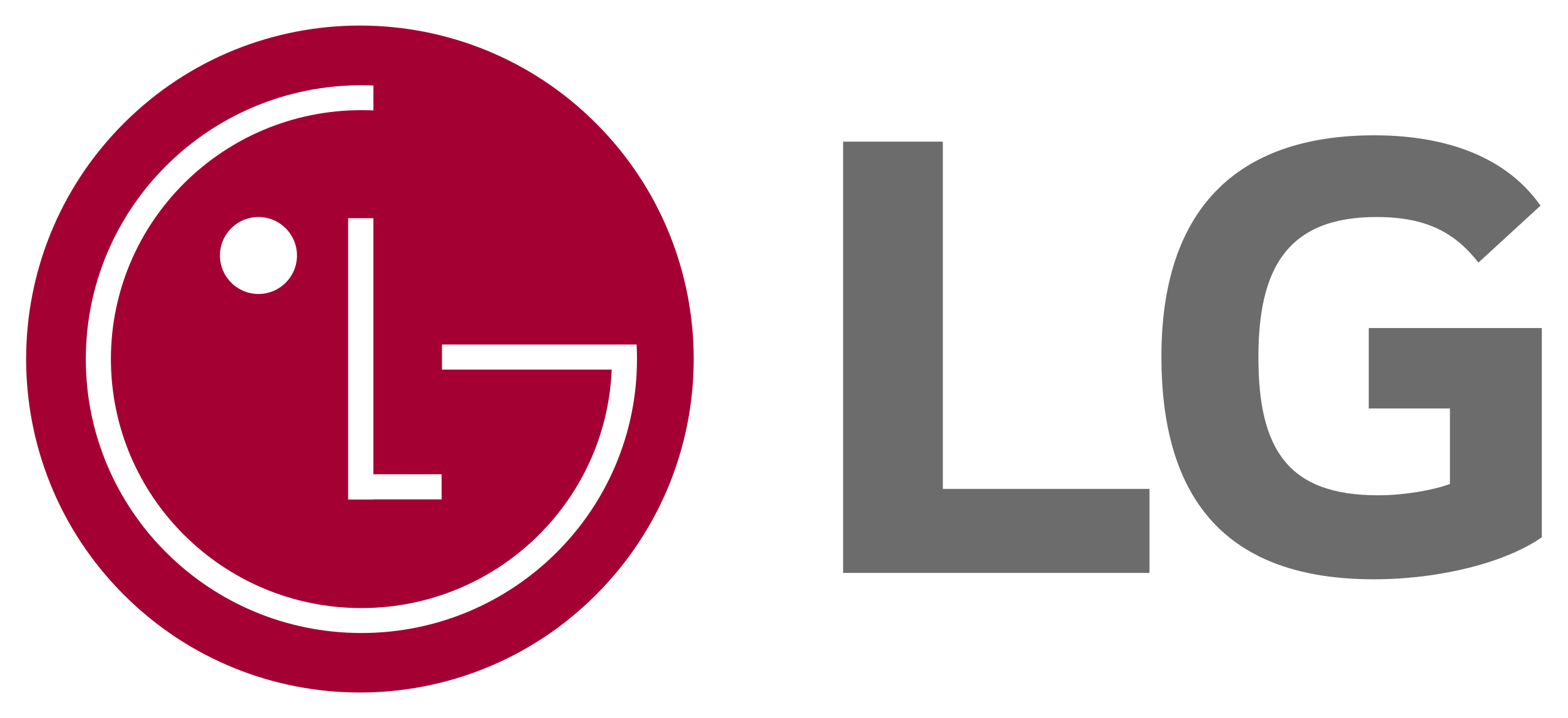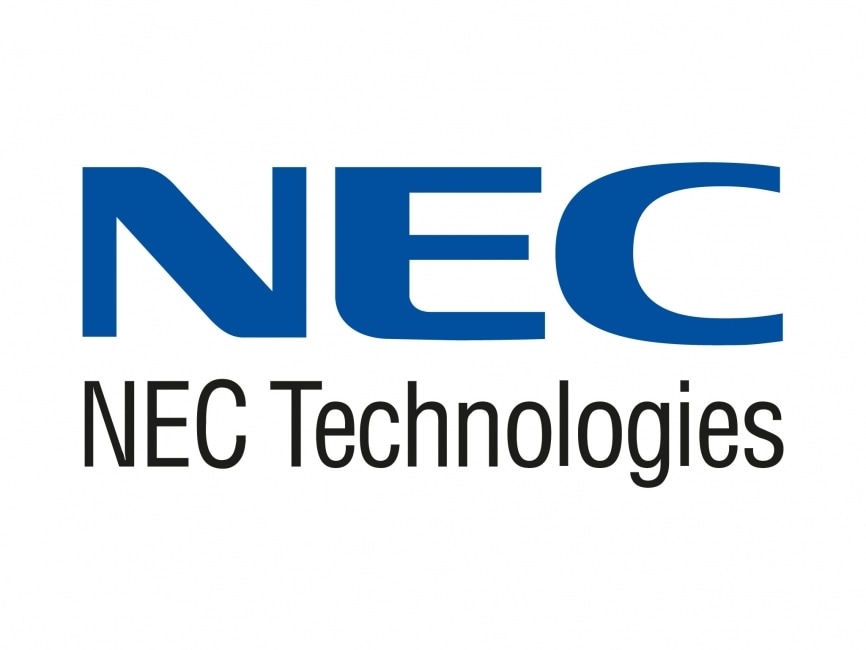Quantum computing is a rapidly developing field that harnesses the principles of quantum mechanics to solve problems that are intractable for traditional computers. Here’s a breakdown of the key concepts:
Traditional Computers:
- Use bits, which can be either 0 or 1.
- Perform calculations one step at a time.
- Struggle with problems that involve many variables or complex simulations.
Quantum Computers:
- Leverage qubits, which can be 0, 1, or both at the same time (superposition).
- Can explore many possibilities simultaneously due to superposition and entanglement (linked qubits that influence each other instantaneously, regardless of distance).
- Have the potential to solve certain problems exponentially faster than traditional computers.
Benefits of Quantum Computing:
- Drug discovery and materials science: Simulating complex molecules to design new drugs and materials.
- Financial modeling: Optimizing complex financial portfolios and risk assessments.
- Cryptography: Breaking current encryption methods and developing new, unbreakable ones.
- Machine learning: Training AI models on massive datasets more efficiently.
Challenges of Quantum Computing:
- Building and maintaining stable quantum systems is complex and expensive.
- Developing efficient quantum algorithms for specific problems is ongoing research.
- Quantum computers are not replacements for traditional computers but rather specialized tools for specific tasks.
Current State:
Quantum computing is still in its early stages, but significant progress is being made. Several companies and research institutions are developing and offering access to limited-scale quantum computers. While widespread adoption is still years away, the potential impact of quantum computing on various fields is immense.
In simpler terms:
Imagine a maze. A traditional computer would have to explore each path one by one to find the exit. A quantum computer, using superposition, could explore all paths simultaneously, finding the exit much faster.
This is a simplified analogy, but it captures the essence of how quantum computing harnesses the bizarre behavior of the quantum world to solve problems in entirely new ways.






